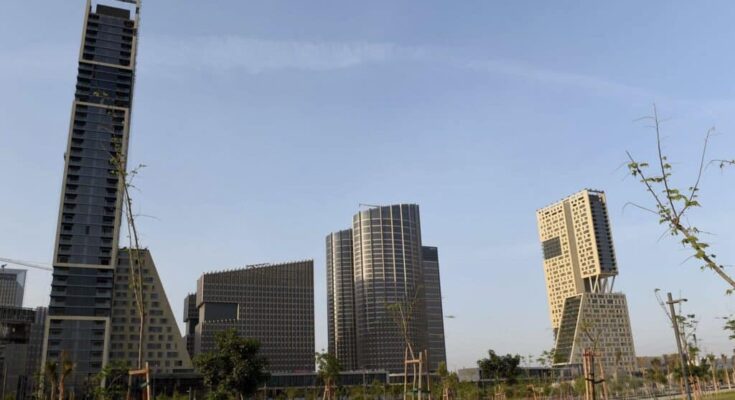
Egypt is constructing Sisi City, a new administrative capital 30 miles east of Cairo with Africa’s largest cathedral and skyscraper.
The new city is one of President Abdel Fatah el-Sisi’s many projects in Egypt aimed at improving the economy. El-Sisi has also been working on expanding the Suez Canal, and the New Delta Project, which would run parallel to the Suez, will lead to the development of the largest artificial river.
Despite good intentions, the project has been sucking money out of the country, costing a lot more than they had initially intended it to, as the total price tag has risen from the planned $45 billion to around $60 billion.
Egypt’s Sisi City— will it work?
Egypt’s new administrative capital is reminiscent of the times of the pharaohs. It was the era when larger-than-life rulers viewed as gods by their people built massive structures that would be remembered on Earth beyond their lifetime. El-Sisi’s pharaonic city is grand and beautiful on paper, but is it worth the time and effort that has been put in thus far?
One of the key objectives for Sisi City is to establish an alternative city that would aid in the decongestion of Egypt’s current capital, Cairo. Cairo is massively overpopulated with a population of about 22 million people. Overpopulation has led to issues with traffic and public transportation failure, which need to be resolved.
However, Sisi City is only one of many projects that have been established in an attempt to rectify the issue. New Cairo City and El Shorouk are currently under construction and have been for a while, all with the intent of aiding in the decongestion of Cairo.
The other issue with the city is that it is far too expensive for the average Egyptian. According to The Wall Street Journal, the housing units in Egypt’s new capital are each around $80,000. Meanwhile, the average income for an Egyptian household in 2020 was $2,600. Furthermore, the value of Egyptian currency has decreased exponentially following troubles with global inflation.
Only about a thousand families have been living in the city. Millions of people would need to relocate to Sisi for the project to be considered a success, however.
The city’s features
Sisi is now being referred to as the new administrative capital, and the Egyptian government has gradually been moving its operations base there. The new House of Representatives covers a vast area and can seat over one thousand government officials.
Egypt’s new capital will also feature Africa’s most prominent skyscraper, the Iconic Tower. The tower, designed to resemble an ancient Egyptian monolith, will feature housing, office spaces, and a hotel.
Moreover, the new city will feature the world’s largest park, twice the size of New York City’s Central Park, with an artificial river flowing through it.



